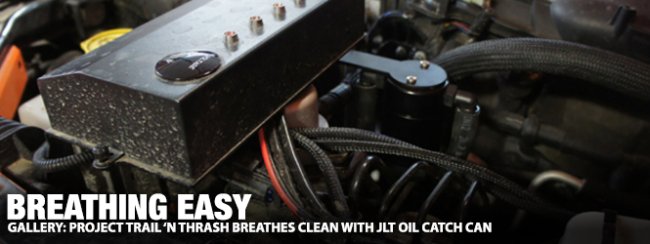
We have learned a lot about off roading since we bought Project Trail ‘n Thrash. There is a lot of similarities between off-roading our Jeep and road racing Project Orange Crush. Although Project TNT moves a lot slower, the engine is still working very hard while climbing obstacles or navigating through sticky mud. Recently we had to pull our upper plenum off the Pentastar 3.6 to change spark plugs.
When we went to reinstall the plenum we noticed some oil dripping from it. With a quick search on Google, we learned this is common due to the design of the motor. The only cure would be installing an oil catch can. We headed over to Extreme Terrain and ordered ourselves a JLT 3.0 Oil Separator in black.
The oil dripping was a significant amount. We tilted the intake up and a bunch ran out and covered the top of the motor. The only thing that should be in your intake is air and fuel, not oil. The Pentastar was developed with low tension piston rings by design. This allows combustion pressure to “blow by” the rings and pressurizes the crankcase.

Above: The JLT 3.0 Oil Separator came with everything needed for installation. The rubber lines were already made and full colored instructions made installation a breeze.
The positive pressure in the crankcase has to go somewhere hence, the PCV (positive crankcase ventilation) valve. The issue is that the PCV valve is routed back to the intake and the pressure is mixed with oil droplets and once it is sucked back into the intake to burn, the oil does not. Modified motors with a turbo or supercharger will cause even more blowby.
You might think oh big deal a little oil is burning off, that’s how it was designed. The issue is after thousands of miles of burning off the oily air, a few different issues may start to arise. Those oil particles make the combustion less effective, carbon builds up on the spark plugs, more carbon hardens to the top of pistons and the inside of the intake will gunk up with oil. This can all effect fuel mileage, start up, idling, and more.
Our Jeep had 101k miles and was overdue for a new set of plugs. When we pulled the upper plenum off, we had a ton of oil drain out onto the floor as it was tipped up. It was so bad we thought there was something majorly wrong with the Jeep. Luckily it was nothing major, just 100k miles of oil coating the inside of the intake. We are not sure what the inside of the engine looks like but our plugs did not look good.
Above Left: Project Trail n Thrash’s 3.6 Pentastar motor is nothing fancy and still stock. Above Right: We started by disconnecting the PCV breather lines from the intake.
Knowing now why the oil was dripping, we headed off to ExtremeTerrain.com to order our oil catch can. They offered a few universal cans but we wanted something that was a direct fit. We came across the JLT 3.0 Oil Separator in black and knew that was what we wanted. We like the incognito look under the hood and the black billet of the JLT can would blend in and almost look factory.
Not too long ago we helped cure this same problem with another JLT 3.0 Oil Separator on our G3 HEMI powered ex-police Charger. Our Charger only had 42k miles on the clock. We wish the Jeep had lower mileage, but now at least we know that our Pentastar will be breathing clean air the rest of its life.
Ordering the JLT 3.0 Oil Separator from Extreme Terrain was super easy. We plugged in the year and model of our Jeep and Extreme Terrain only showed us properly fitting parts. If you have a different year Wrangler, Extreme Terrain has other JLT options for you.
Above Left: We needed a little help from our curved pick to remove one of the connectors on the factory lines. Above Middle: The lines coming off the JLT 3.0 canister has an in and out. The bare barbed fitting is the exit and the straight connector is the in. Above Right: You will need to reuse the angled connector from the factory PCV hose for the exit side of the JLT canister.
It only took a couple days for the JLT 3.0 Oil Separator to show up on our front porch. We were also able to take advantage of Extreme Terrain’s free shipping since the purchase was over $75. The next day we spared a couple hours to install the JLT 3.0 Oil Separator. We ran into a few hiccups since we had the Raxiom Control Box installed, or it would have only taken a few minutes.
The JLT 3.0 Oil Separator came with everything needed for installation. The 3 ounce can is machined from billet aluminum with a knurled bottom for extra grip for removal. This is twice the capacity of the previous model but still compact for the engine compartment.
Above Left: We had to remove our Raxiom Control box to mount the JLT canister. Above Right: We used a longer bolt for the JLT bracket because the Raxiom Control Box also utilizes the same bolt for its mounting bracket.
Above Left: We decided to mount the JLT bracket upside down so it would clear our Raxiom Control Box and would need an additional hole. Above Right: You can see how we flipped the bracket. It would still be strong enough to hold the JLT canister as it does not weigh much.
Filtering is done by a fine mesh stainless steel screen that traps fine oil vapors. They then pass through a 1/2″ thick 1/16″ aluminum honeycomb filter where oil collects before dropping into the 3oz tank.We chose the black anodized model but you can also opt for a satin aluminum finish. As we stated prior, we liked how the black blended in and looked almost factory.
The lines and fittings were already installed to the JLT catch can leaving us with the job of mounting the bracket, catch can and routing the hoses to the intake. We had to wrestle the hoses onto the intake but once they were on, we just had to mount the bracket and JLT catch can. Make sure that you properly place the correct hose to the correct sides of the JLT catch can or it will not function properly.
Above Left: The routing for the lines are a little tight and took us a couple tries to route them around sensors and wires. Above Right: Here is the finished product with all of our lines routed and JLT can mounted. We made sure when routing the lines under the intake we were not in the way of the serpentine belt and that the hoses were not kinked.
One small issue we ran into was our Raxiom Control Box that we use for all of our lights and accessories. It was not moving and we would need to find a way to mount the JLT bracket with it in place. It took us some trial and error but we landed on using the same bolt that instructions told us to. We needed to shorten the bracket and drill a new hole. Then it slid in behind the ECU and under our Raxiom Box.
With the bracket in place, it was time to screw the catch can to the bracket. We did use some blue Loctite on the screws to prevent it from rattling loose. Note, we used a longer bolt to make the bracket work for us, you are not required to do this. The JLT bracket would have mounted fine with the factory bolt but our Raxiom Control Box used that same bolt and ran out of threads for mounting both.
Above Left: Here is a closer shot of how the JLT 3.0 Oil Separator was mounted under our Raxiom Control Box. Above Right: Within just a few miles we already had oil in the can. We also checked the can around 3k miles and was almost full, so we might be checking ours a little more often than each oil change.
We drove the Jeep around for about a week and then took a peak to see if it was working. To our surprise there was a good amount of oil in the bottom for only going through a tank of fuel. The milky color is normal as condensation can build up in the can during various weather. We plan to empty the JLT 3.0 Oil Separator during each oil change. JLT suggests 5000-7000 miles so it will not hurt to dump it a little sooner.
We highly recommend you head over to Extreme Terrain and order your JLT 3.0 Oil Separator now. It is a great piece of mind knowing our motor is running cleaner and will not have to worry about any of those issues in the future. Our only regret is that we did not install the JLT 3.0 Oil Separator sooner. Whether you are an avid off-roader or just a daily driver, the JLT 3.0 Oil Separator will keep your engine performing at its best.


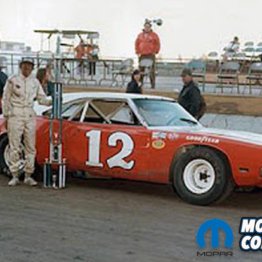



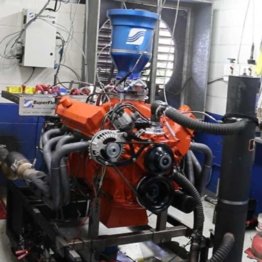
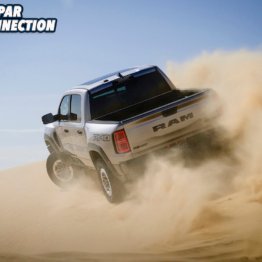


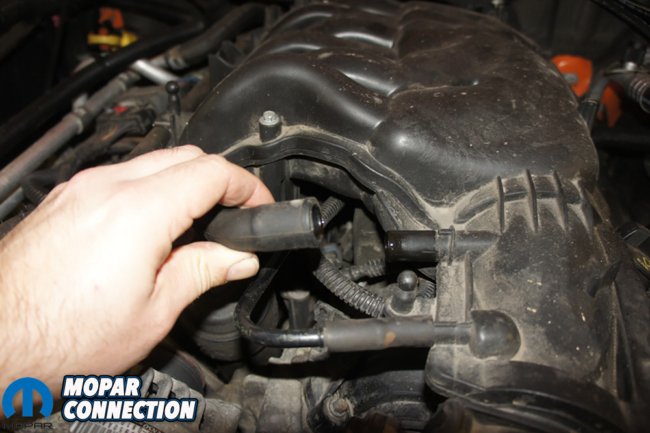




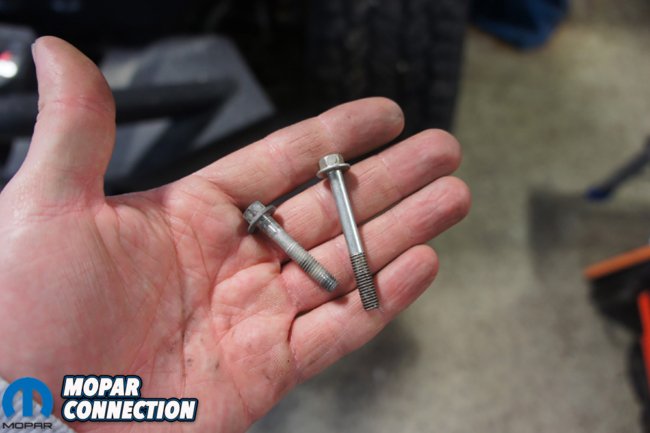
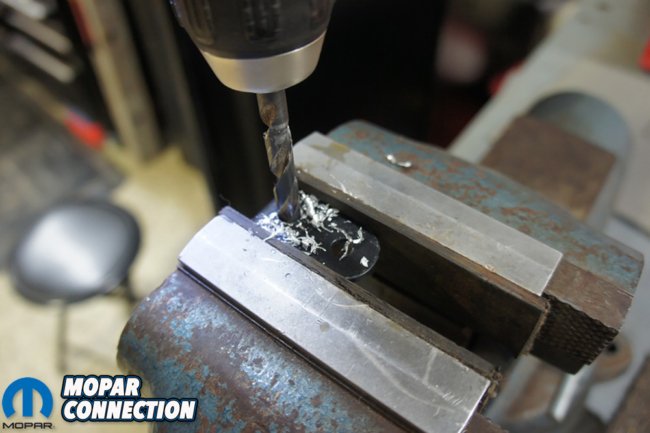
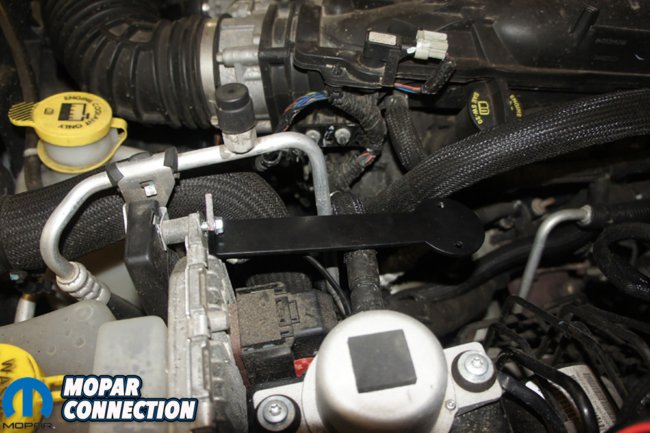

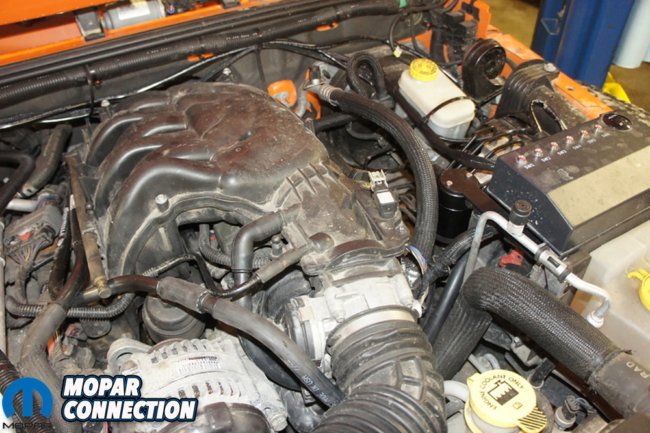


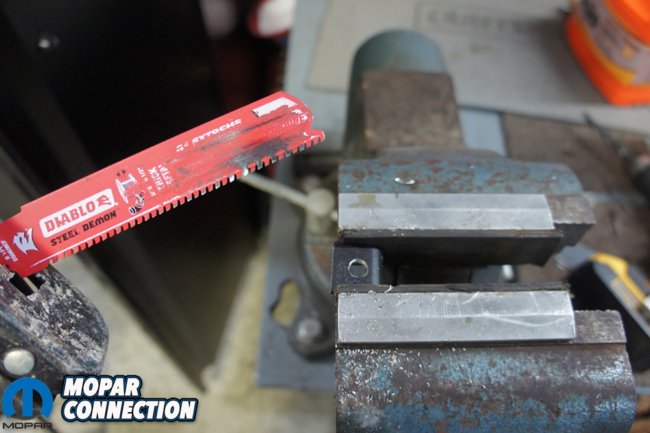
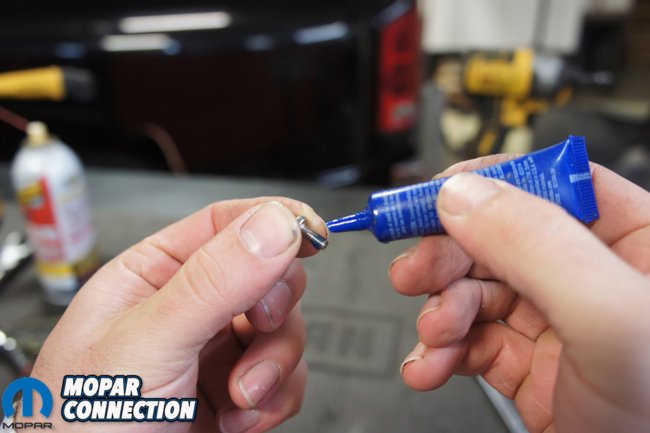




 Mopar Connection Magazine – The ONLY Daily Mopar Magazine © 2022. All Rights Reserved. Mopar Connection Magazine is the ONLY daily Mopar Magazine bringing you the latest Mopar news, technology, breaking news, and Mopar related events and articles. Find out the latest information about Mopar, Mopar products and services, stay up to date on Mopar enthusiast news, dealership information and the latest Mopar social media buzz! Sign up for the Mopar Connection Magazine newsletter for the latest information about new products, services and industry chatter. Mopar Connection Magazine is the best and only source you need to be a Mopar industry insider!
Mopar Connection Magazine – The ONLY Daily Mopar Magazine © 2022. All Rights Reserved. Mopar Connection Magazine is the ONLY daily Mopar Magazine bringing you the latest Mopar news, technology, breaking news, and Mopar related events and articles. Find out the latest information about Mopar, Mopar products and services, stay up to date on Mopar enthusiast news, dealership information and the latest Mopar social media buzz! Sign up for the Mopar Connection Magazine newsletter for the latest information about new products, services and industry chatter. Mopar Connection Magazine is the best and only source you need to be a Mopar industry insider! by
by